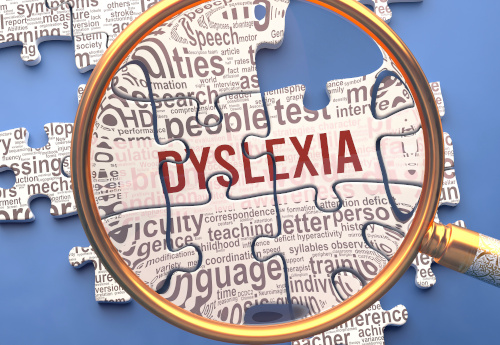
A learning disorder that can impact a child’s ability to read or interpret words, letters, and other symbols—but that doesn’t affect general intelligence—dyslexia often goes unnoticed until a student displays significant struggles with reading and/or writing. The most common of all neuro-cognitive disorders, dyslexia impacts about 20 percent of the US population and represents 80-90 percent percent of all individuals who have learning disabilities.
In some cases, a dyslexia diagnosis doesn’t happen until a student is in second grade, with some cases going unnoticed until the learner is already in high school. With research showing that interventions are the most effective when they are done in kindergarten and first grade, the earlier the intervention the better.
To avoid an even bigger learning gap, we need to take a closer look at early identification, the early warning signs to look for, and what steps to take if you suspect dyslexia.
Early identification is key
The earlier we intervene, the easier it is to address and remediate students’ difficulties. Early identification has been found to be essential in helping students succeed in school and later in life. Students with dyslexia need to be provided with interventions that are specific to their needs.
If intervention is not provided before third grade, for example, it’s 75 percent more likely that students will continue to experience reading and writing difficulties going into high school. Not only are they affected academically, but students are also affected emotionally. Struggling students can see their self-esteem and motivation decrease when they find that their peers are doing better while they are struggling despite all the time and effort they put into their reading and writing tasks.
Related:
Decoding supercalifragilisticexpialidocious with dyslexia
3 keys to teaching students with dyslexia to read

